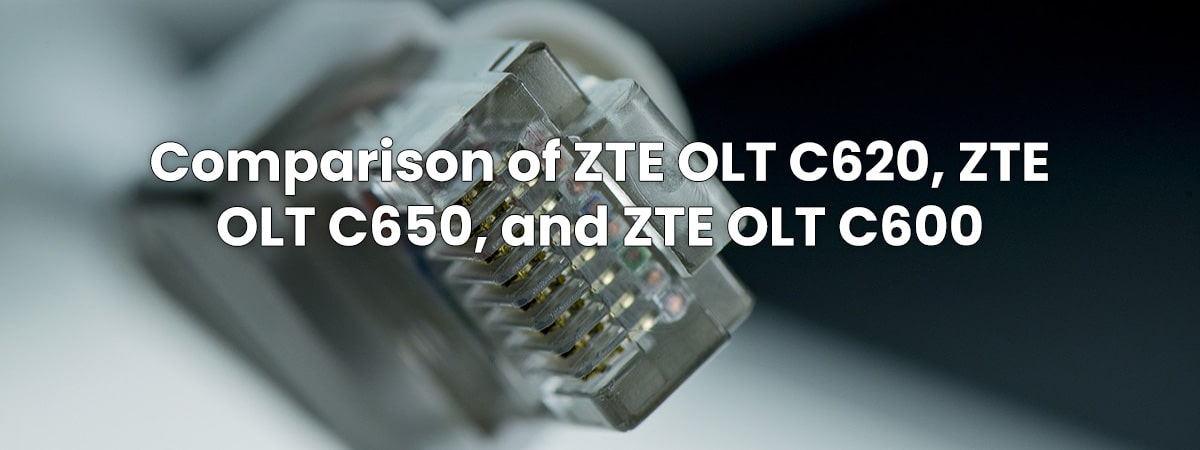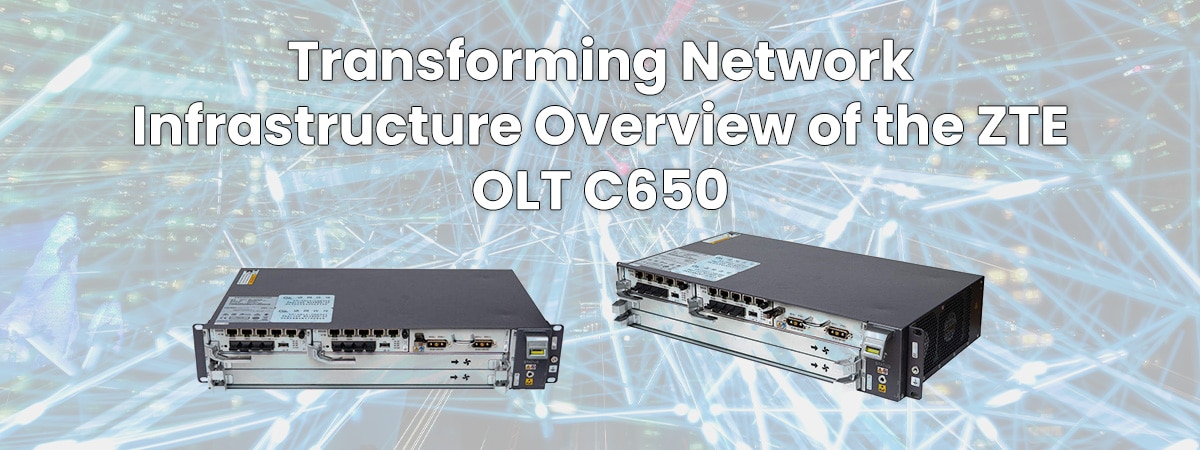Introduction:
ZTE offers a range of Optical Line Terminals (OLTs) that serve as key components in Fiber-To-The-Home (FTTH) networks. Each model caters to different network requirements, offering unique features and capabilities. In this detailed comparison, we will explore the essential characteristics of the ZTE OLT C620, ZTE OLT C650, and ZTE OLT C600, helping users understand their differences and choose the most suitable option for their specific network deployments.
ZTE OLT C620:
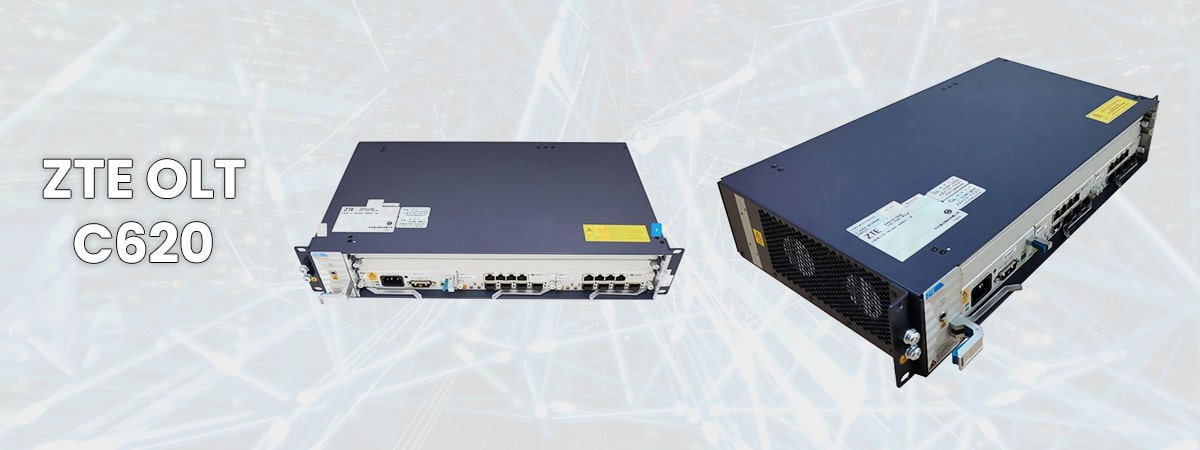
The ZTE OLT C620 is a compact and cost-effective Optical Line Terminal designed for small-scale network deployments, such as in residential areas or small businesses. It supports multiple PON technologies, including GPON and EPON, providing symmetrical data transmission rates of up to 2.5 Gbps. The C620 is ideal for serving a limited number of subscribers, making it suitable for scenarios where scalability and high-density connectivity are not primary concerns. With its ease of installation and low power consumption, the C620 is a practical choice for network operators looking to deploy FTTH services in areas with relatively low user density.
ZTE OLT C650:
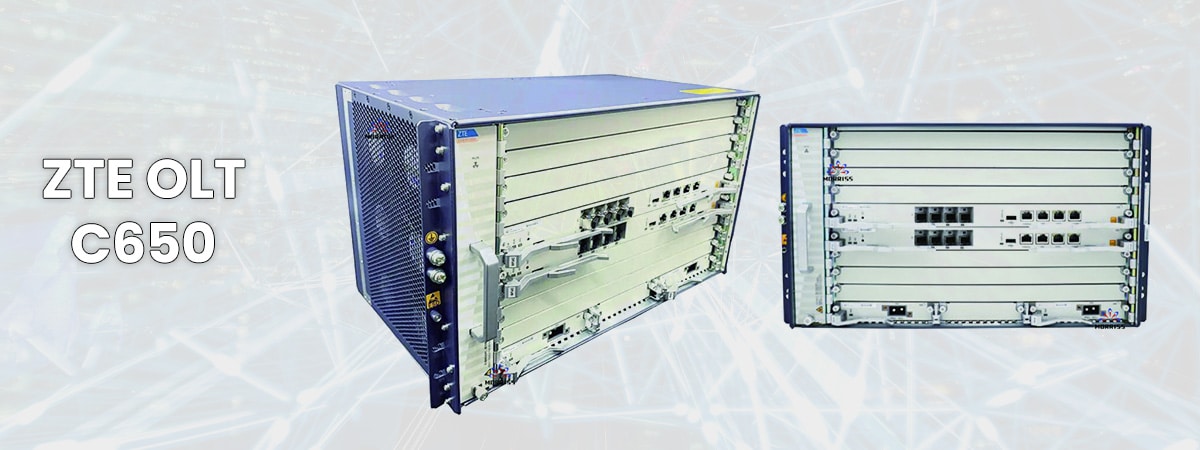
The ZTE OLT C650 represents a more advanced and scalable solution compared to the C620. As a mid-range OLT, it offers higher performance and greater capacity, making it suitable for both small to medium-sized deployments and larger-scale carrier-grade networks. The C650 supports various PON technologies, including GPON, XGS-PON, and NG-PON2, providing symmetrical data transmission rates of up to 10 Gbps. Its modular design allows for easy expansion, enabling network operators to accommodate a growing number of subscribers and services seamlessly. The C650’s advanced Quality of Service (QoS) capabilities ensure efficient resource management, making it an ideal choice for delivering high-quality services to diverse user groups.
ZTE OLT C600:
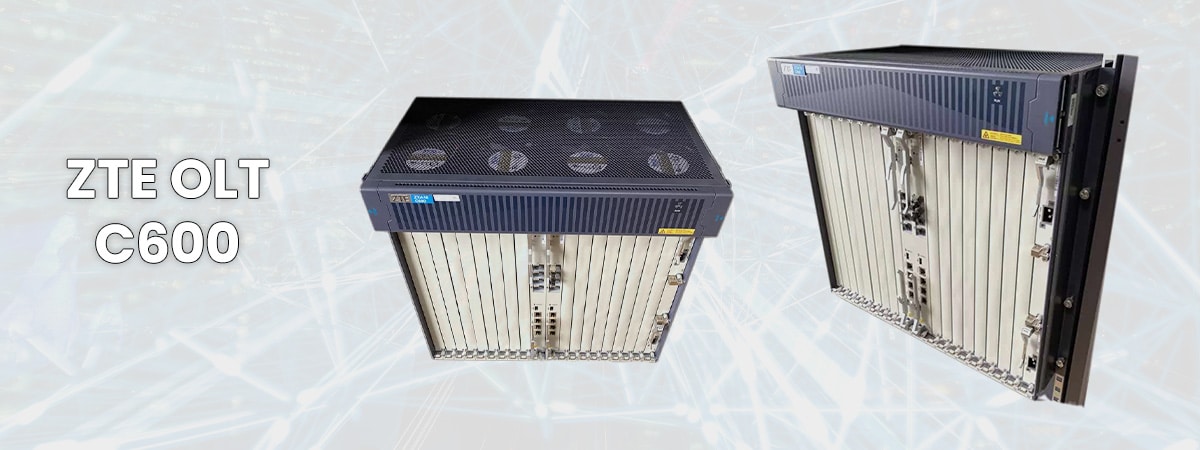
The ZTE OLT C600 is a high-performance Optical Line Terminal designed to meet the demands of large-scale deployments and carrier-grade networks. With support for various PON technologies, including GPON, XGS-PON, NG-PON2, and 25G PON, the C600 provides symmetrical data transmission rates of up to 100 Gbps. Its high-density architecture allows for efficient utilization of rack space, making it suitable for network operators with a large number of subscribers and extensive service offerings. The C600 excels in advanced QoS, redundancy, and security features, ensuring the seamless delivery of critical services and maintaining network stability even during failures. It is an ideal solution for operators seeking to deliver ultra-high-speed broadband services to a vast user base while maintaining high reliability and security.
Conclusion:
The ZTE OLT C620, ZTE OLT C650, and ZTE OLT C600 cater to different network deployment scenarios, each offering unique features and capabilities. The C620 is a compact and cost-effective option suitable for small-scale deployments, while the C650 strikes a balance between performance and scalability, making it ideal for medium-sized networks. For large-scale carrier-grade networks, the C600 stands out with its high-performance capabilities, extensive connectivity options, and advanced features. Understanding the specific requirements and goals of the network deployment is essential in selecting the most appropriate ZTE OLT for an efficient and future-proof FTTH infrastructure.
